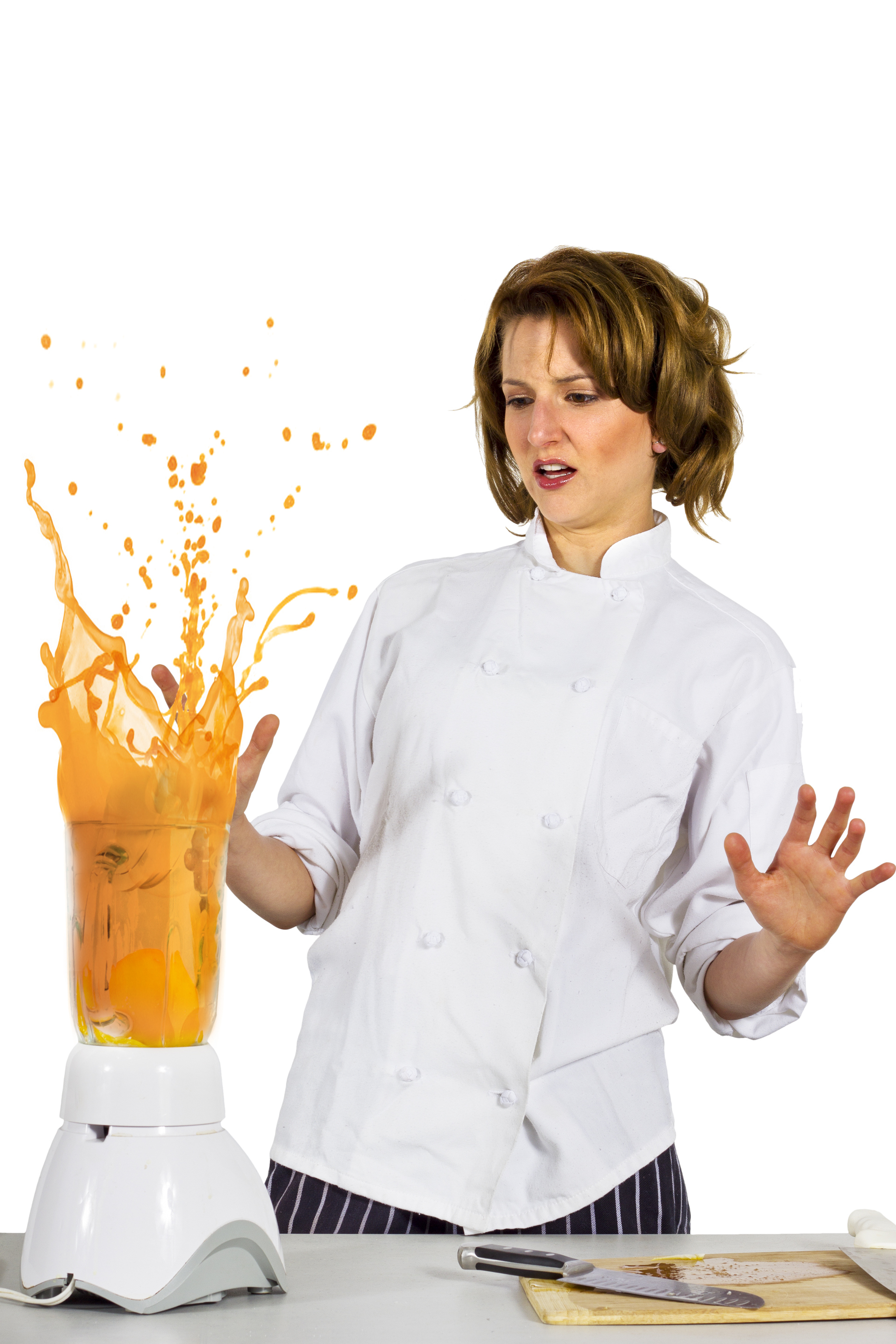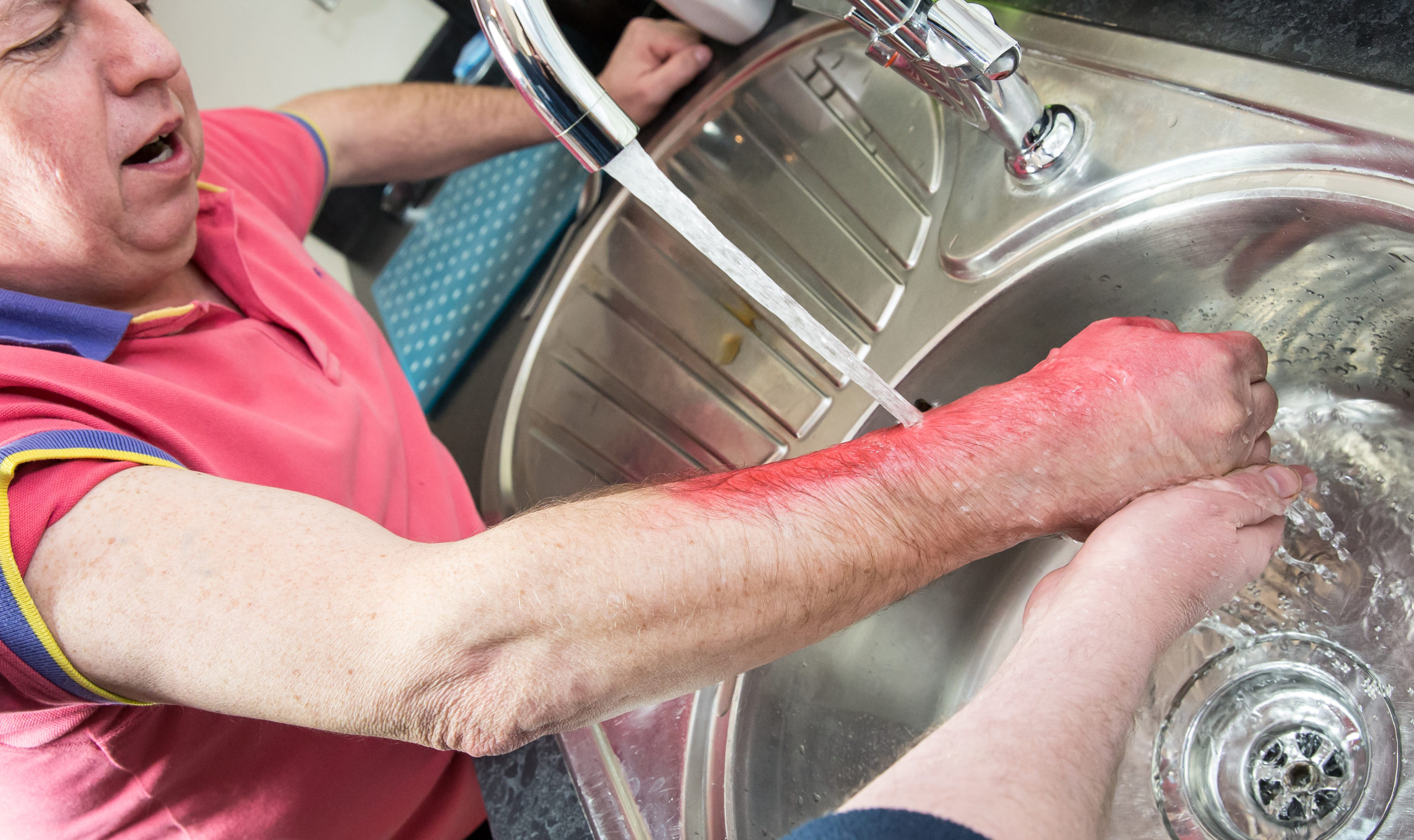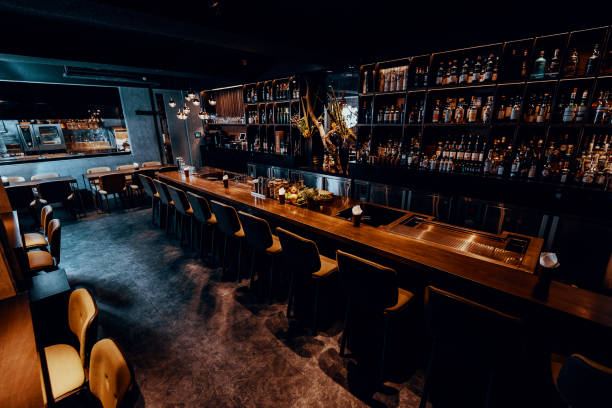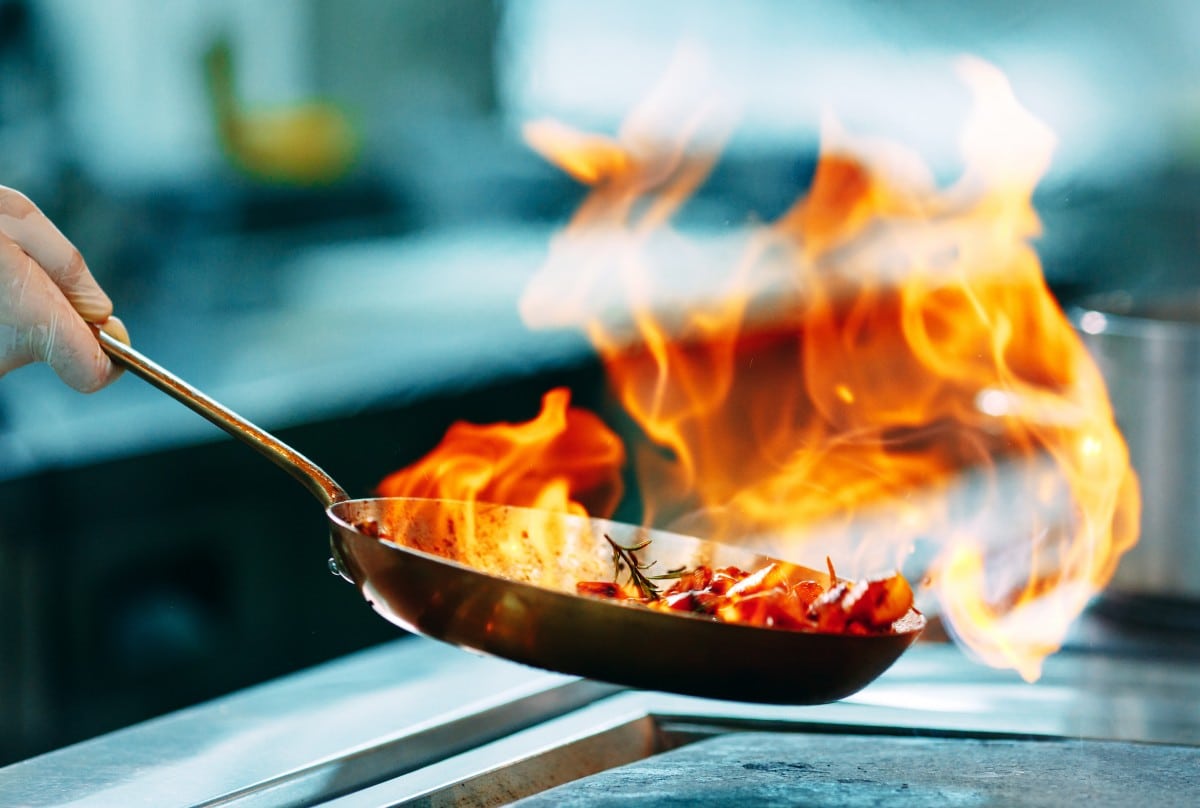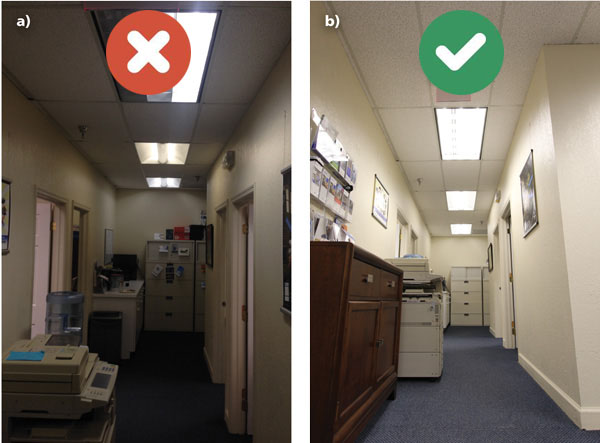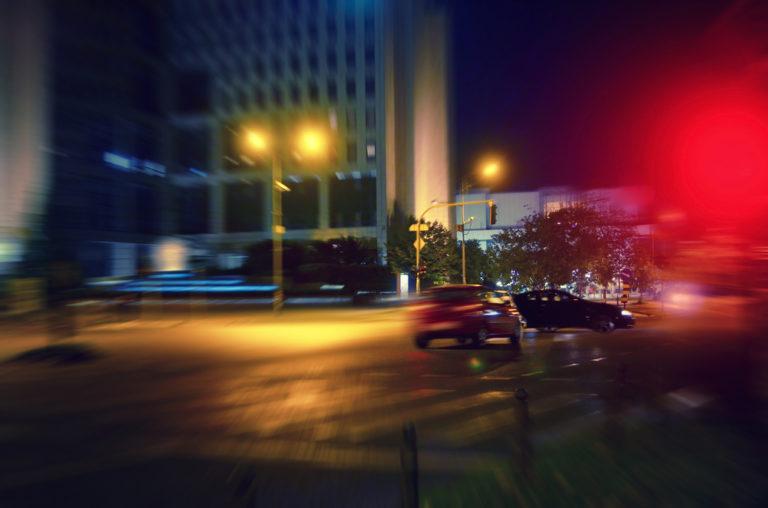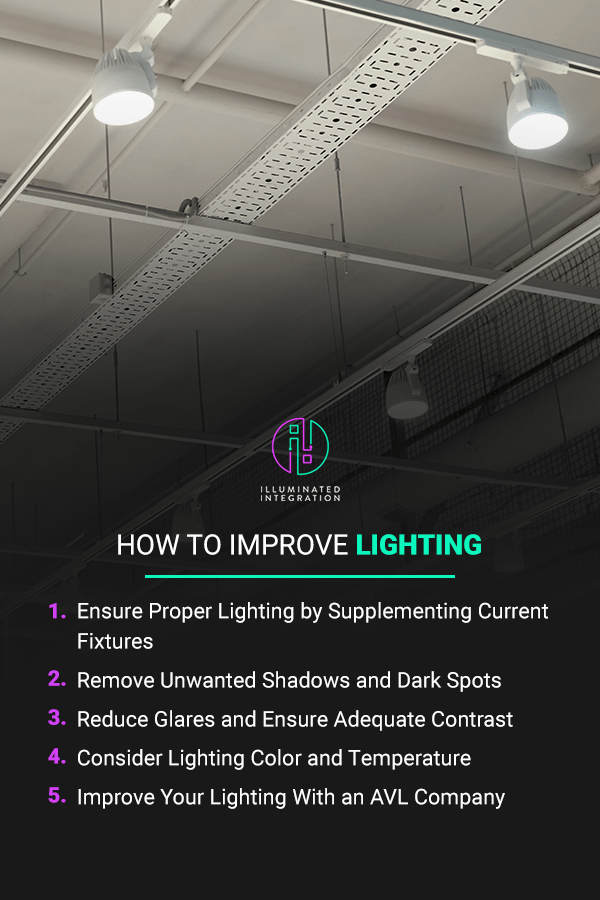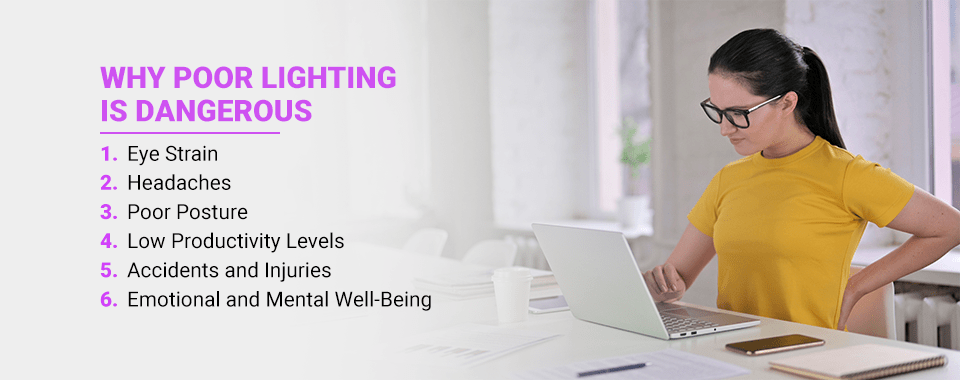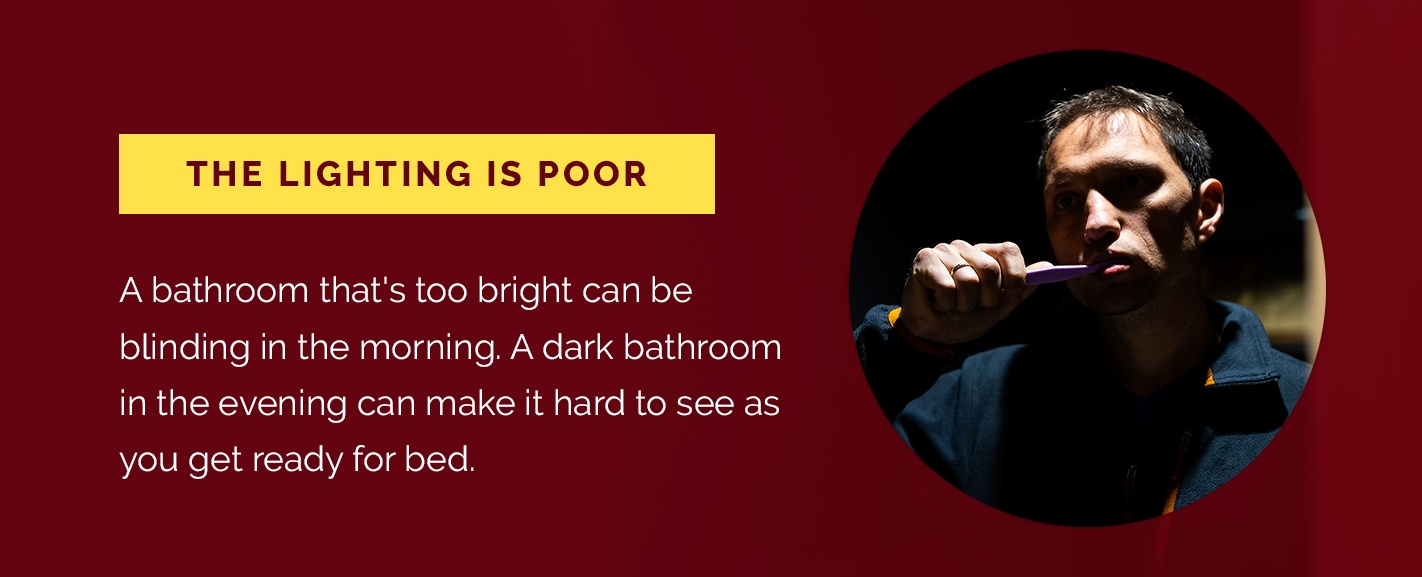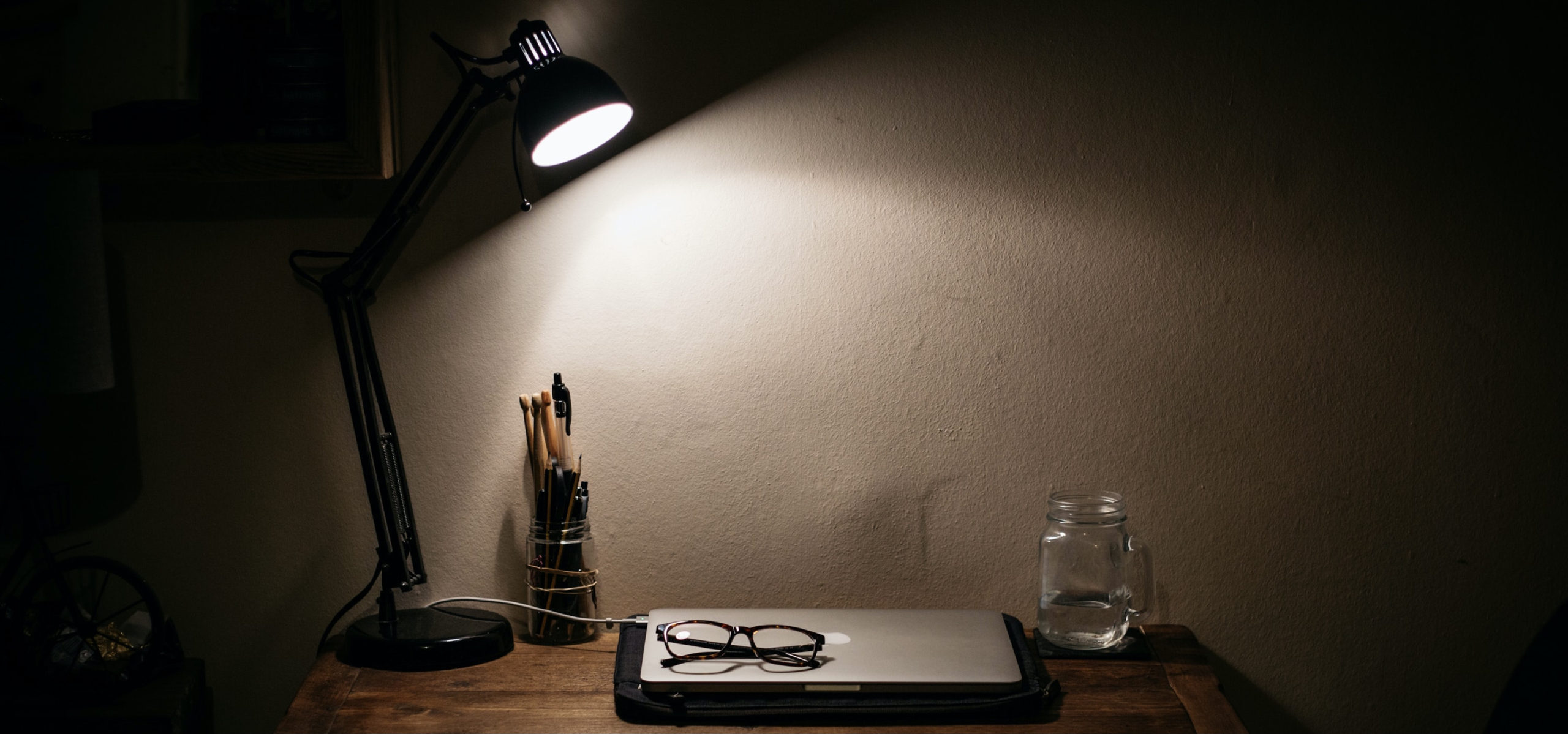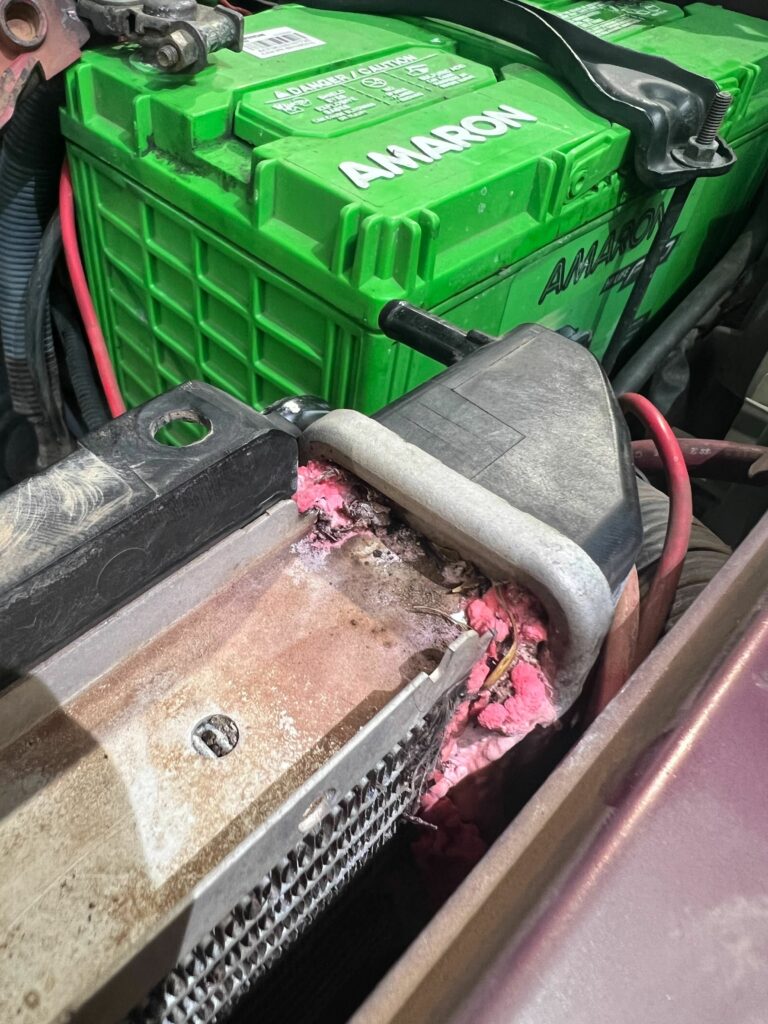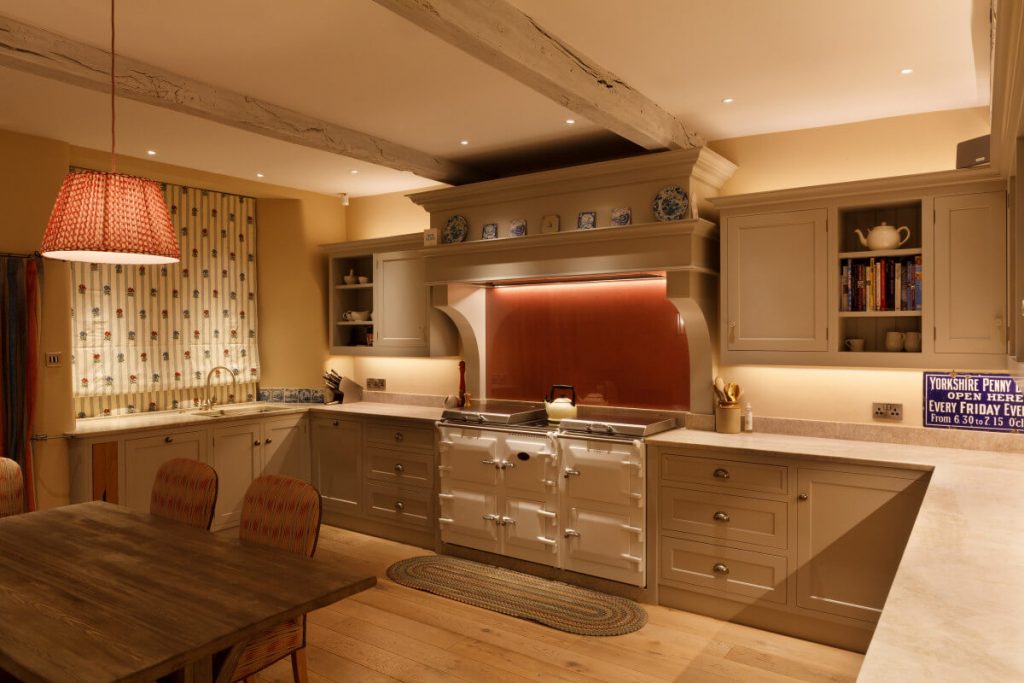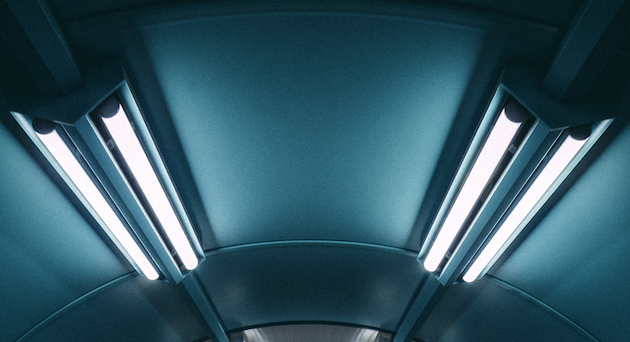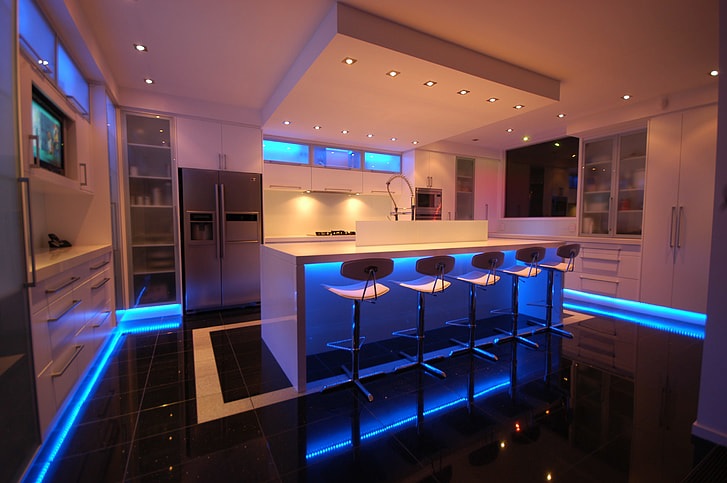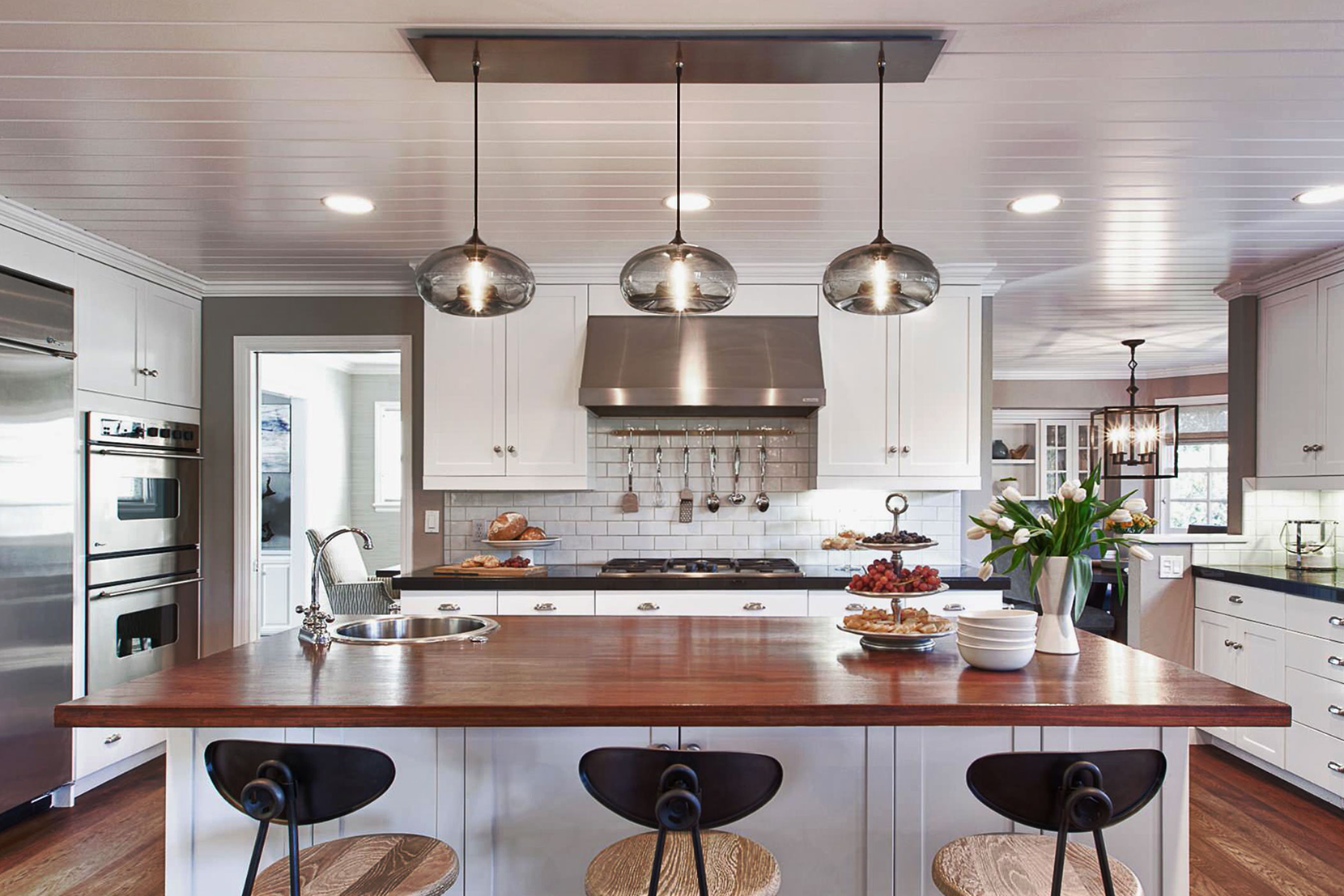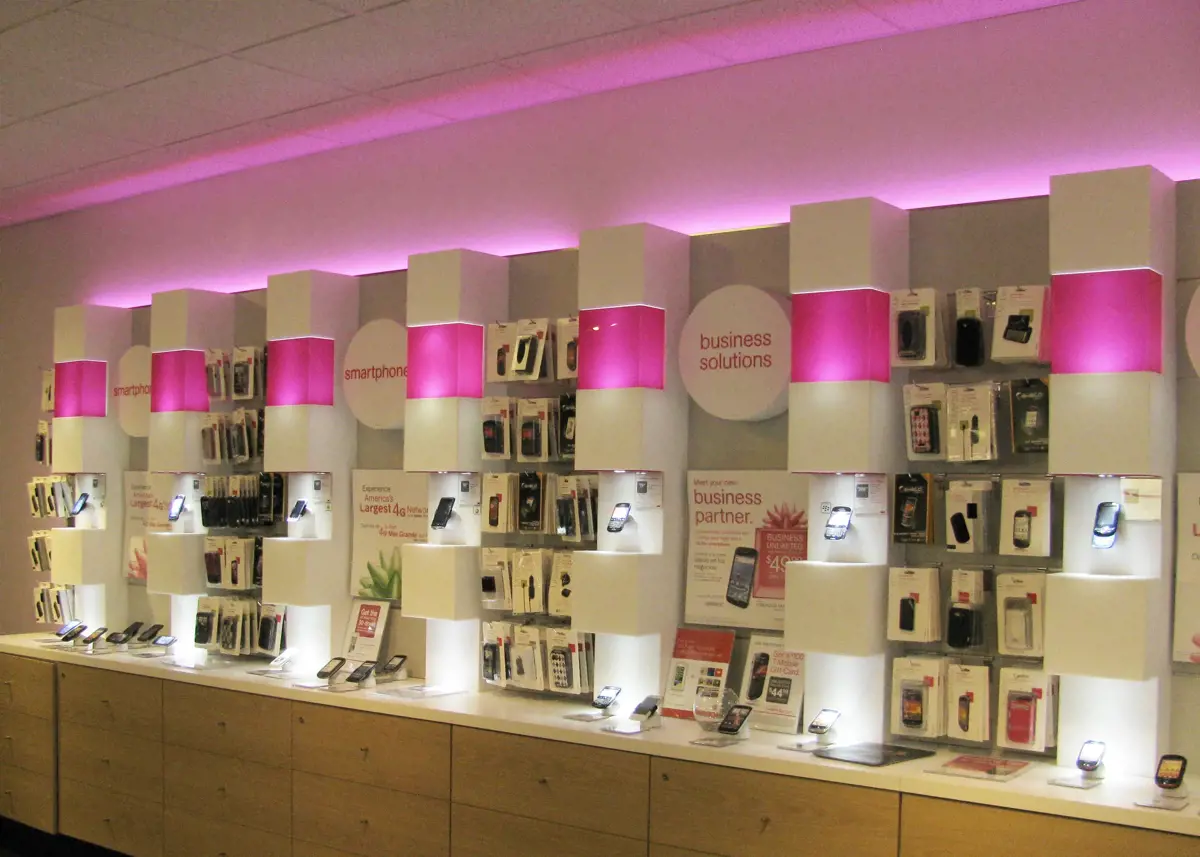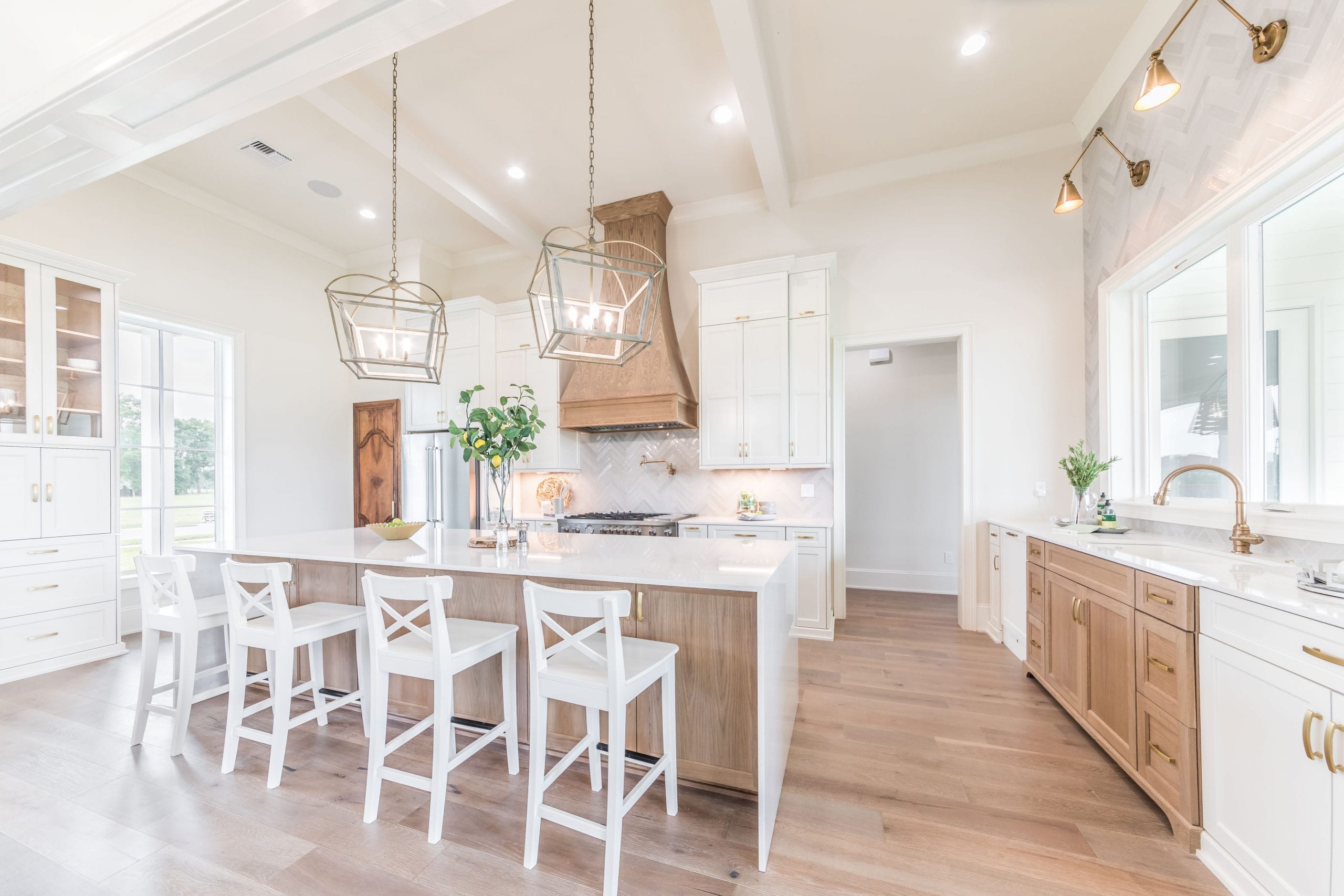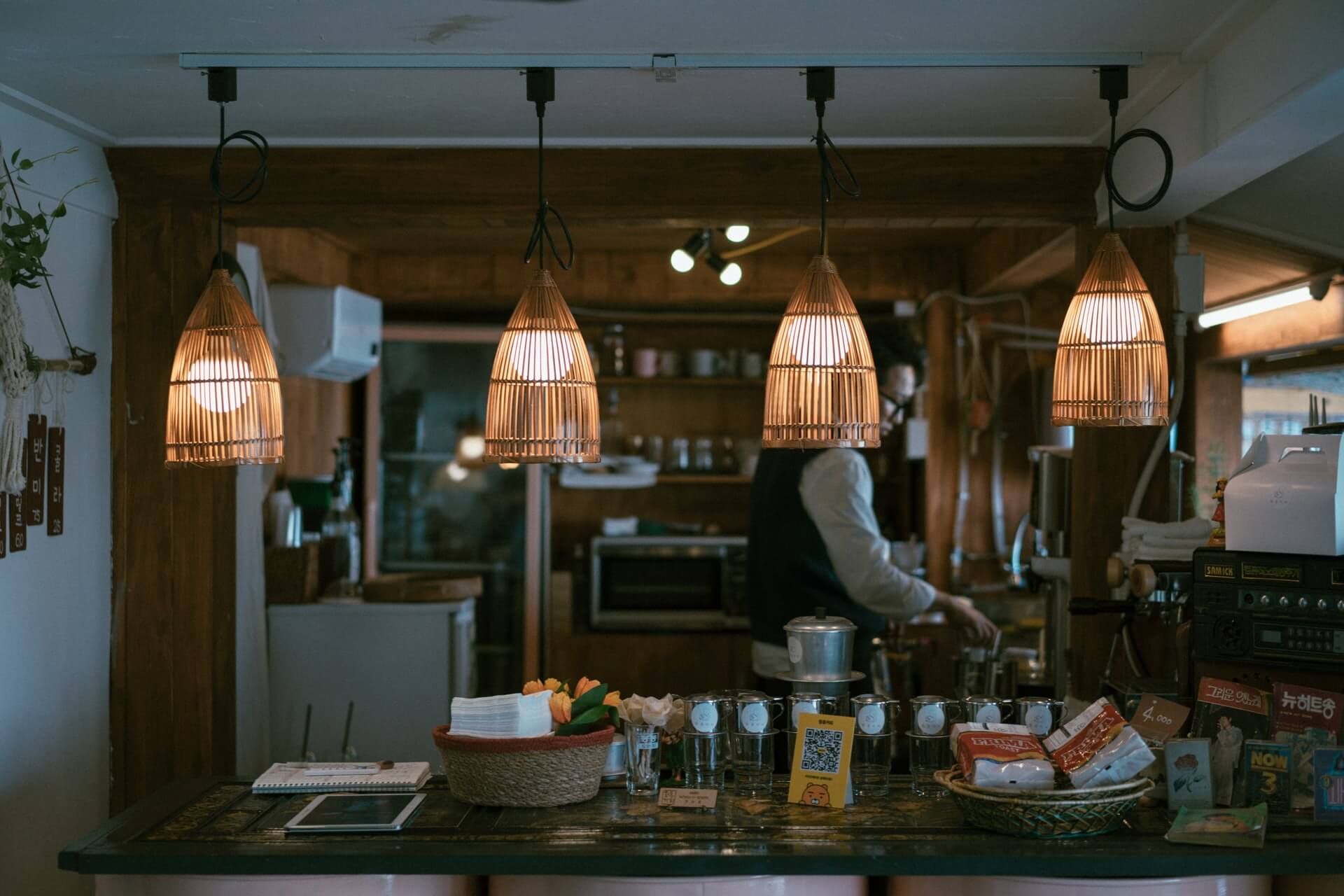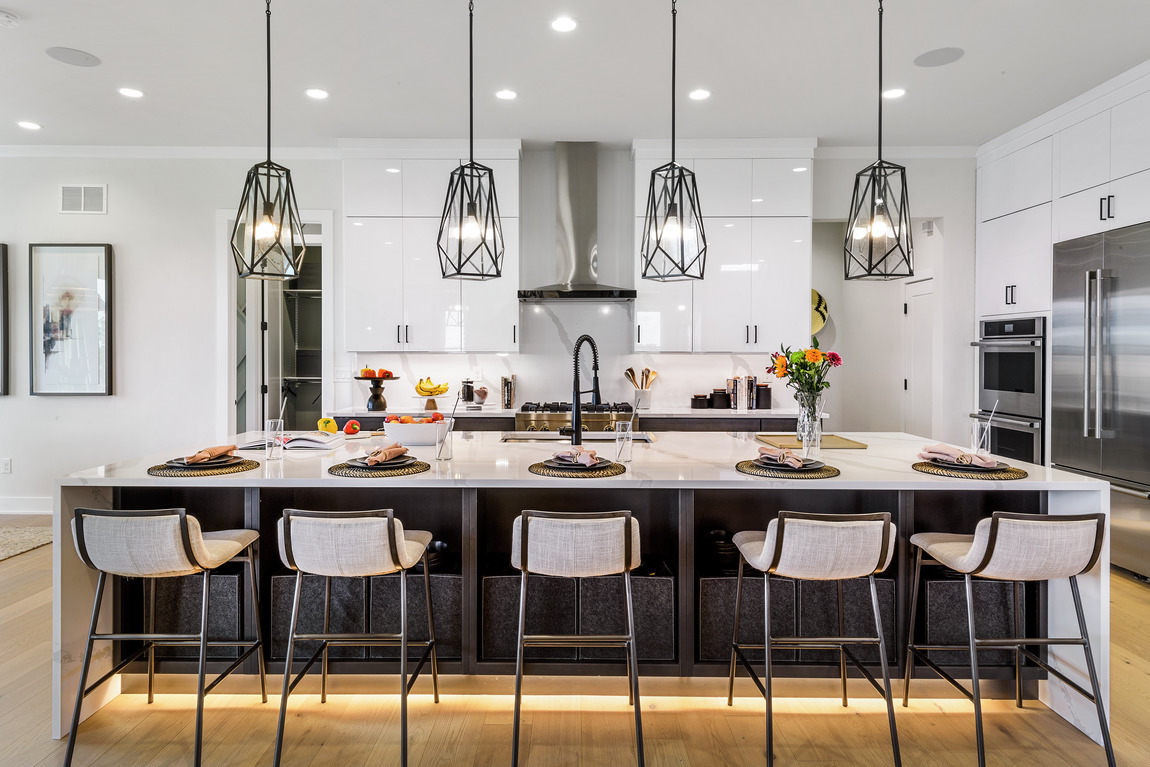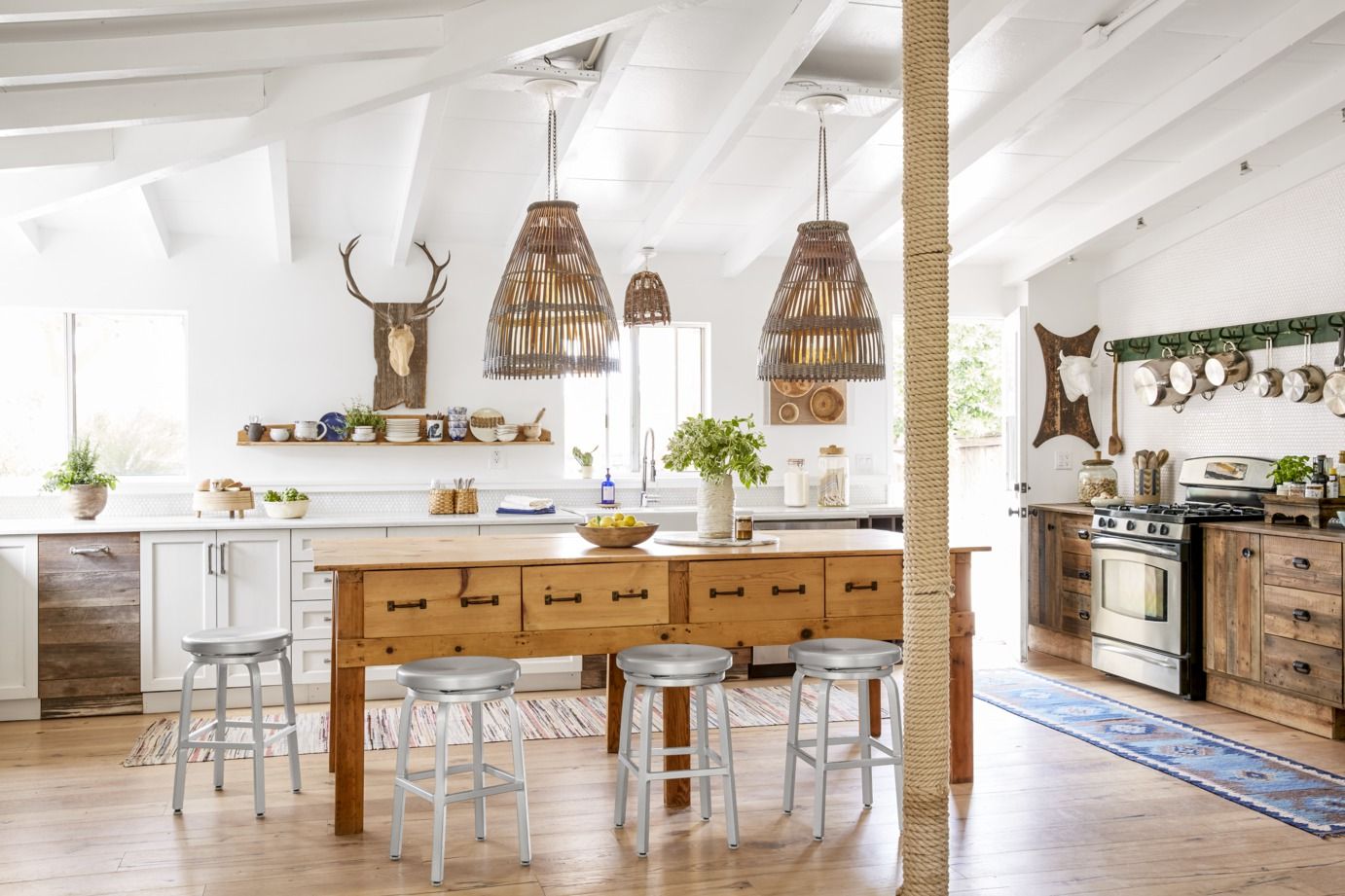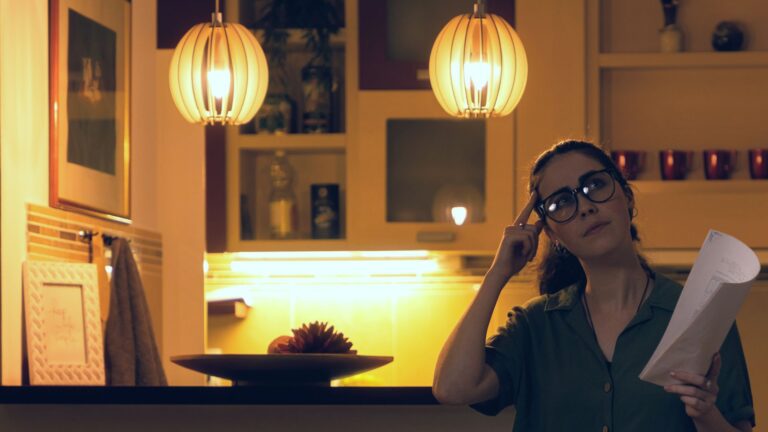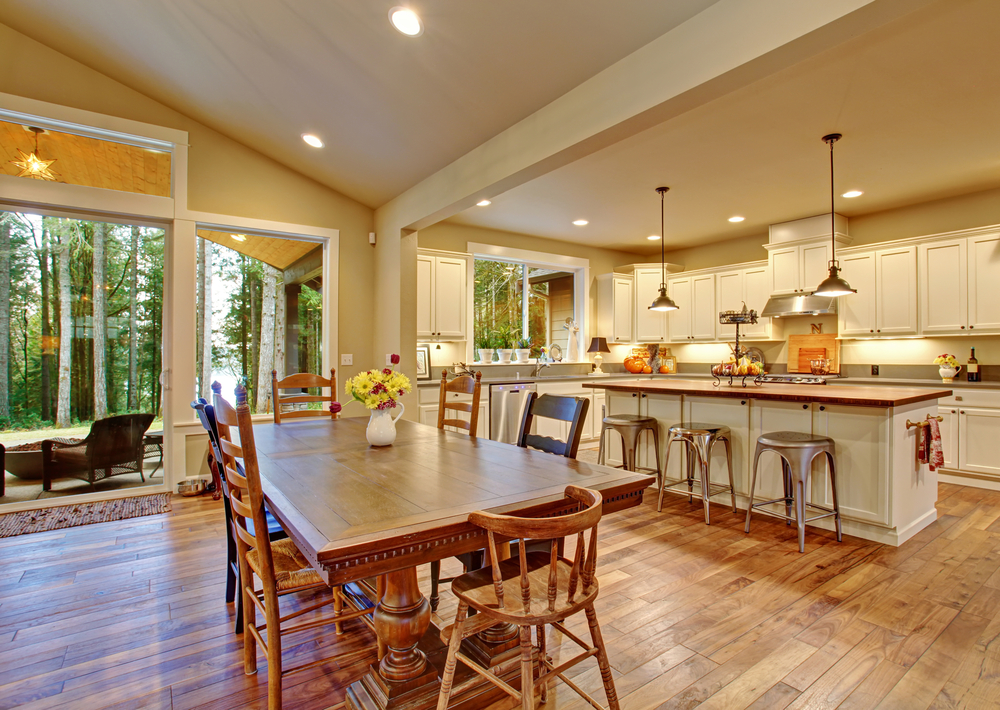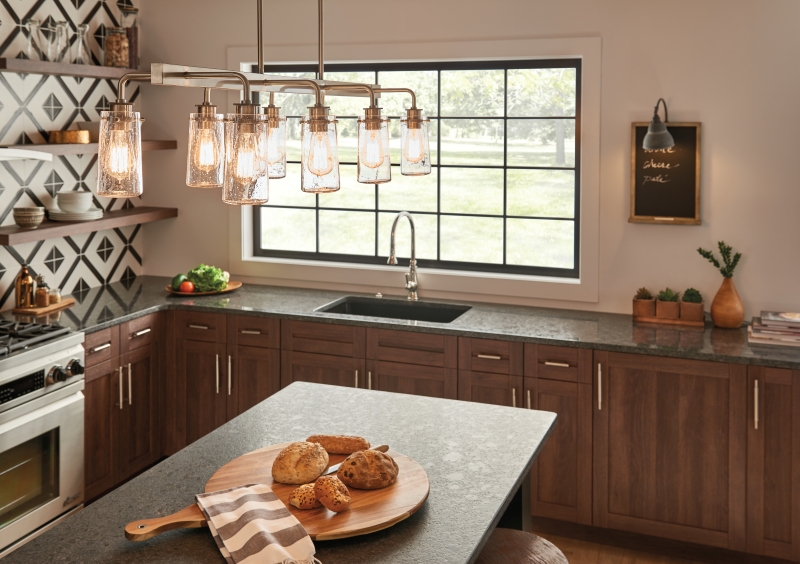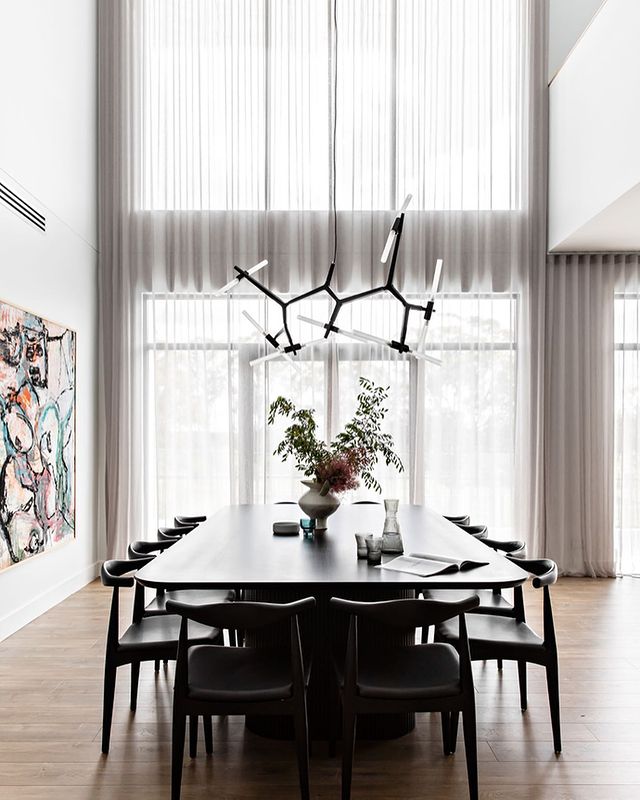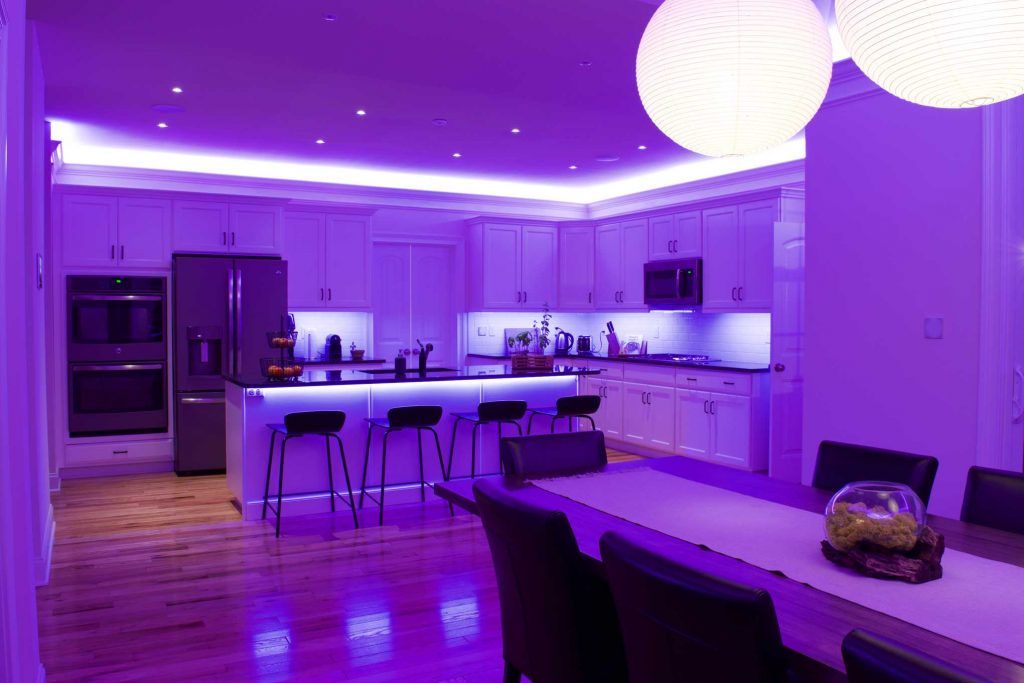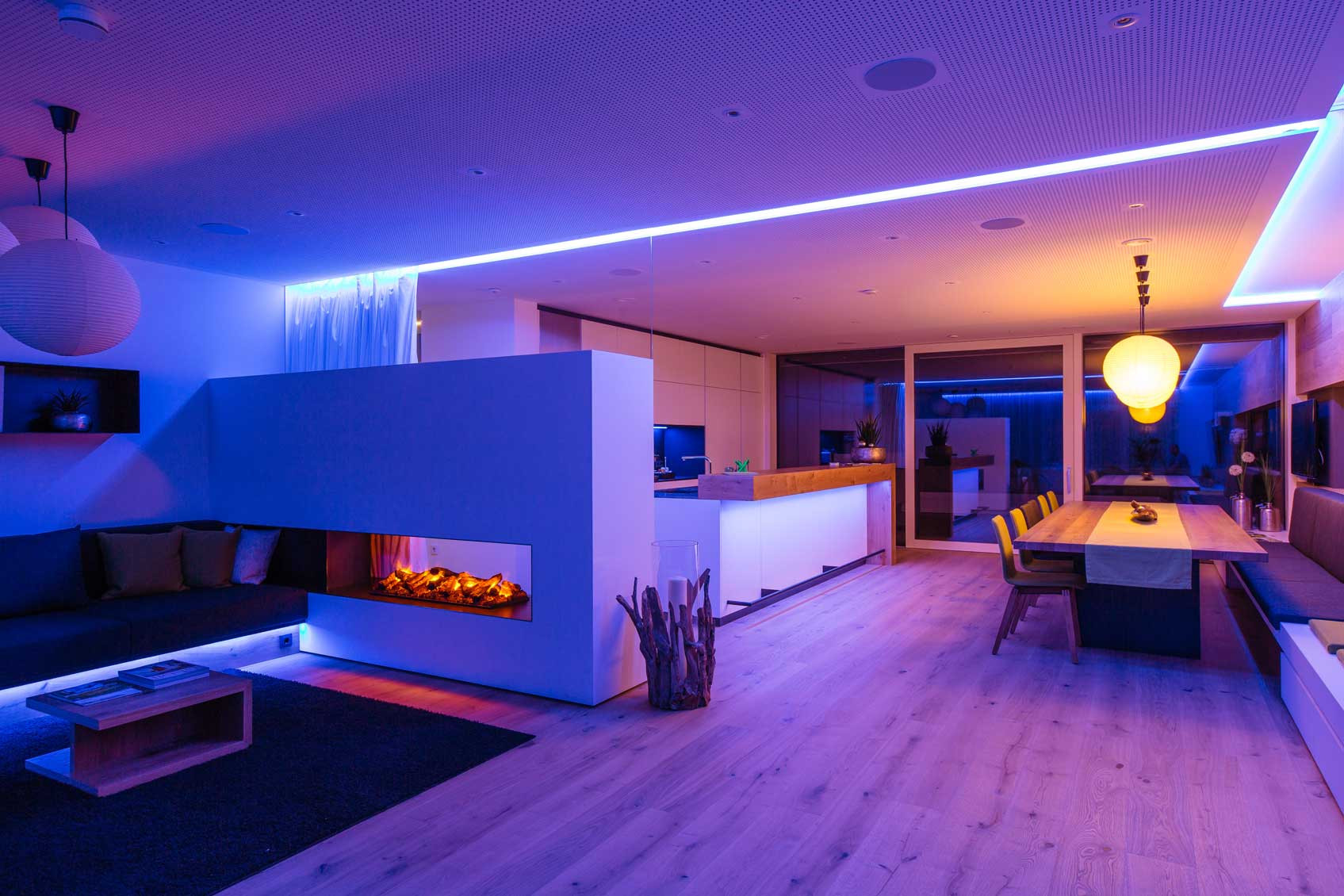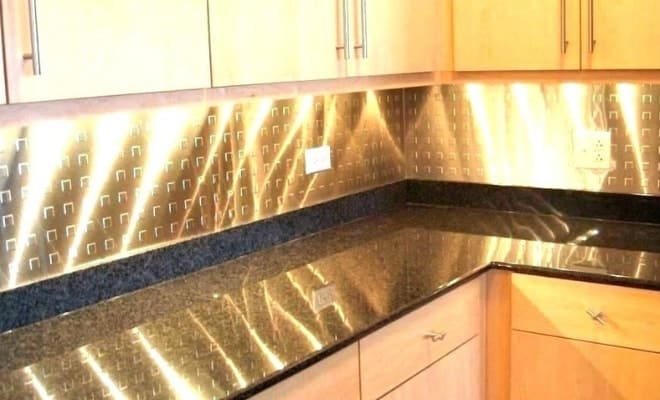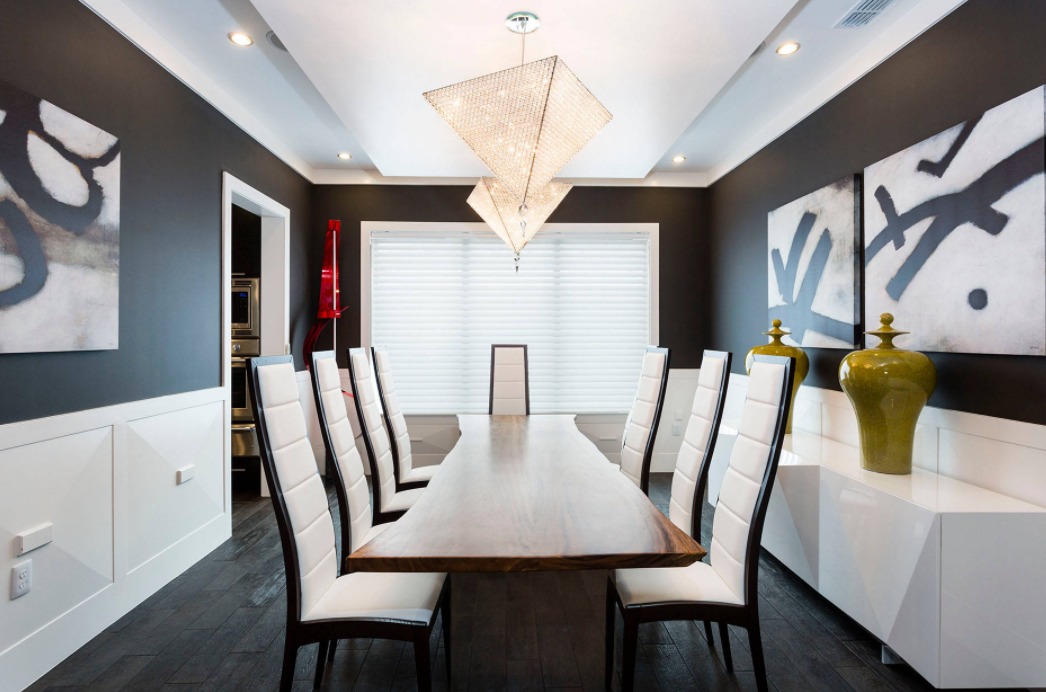Having poor lighting in your kitchen may seem like a minor inconvenience, but it can actually pose serious risks to your safety. Dim or inadequate lighting can make it difficult to see while cooking, leading to accidents such as cuts and burns. It can also make it harder to navigate around the kitchen, increasing the chances of tripping or falling. Further, poor lighting can strain your eyes and cause headaches, making meal preparation a less enjoyable experience.1. Poor lighting in kitchen can cause accidents and injuries
If you have noticed that your kitchen is not as well lit as it should be, there are several ways you can improve the lighting. One option is to add more light fixtures, such as ceiling lights or under-cabinet lights. You can also replace old bulbs with brighter and more energy-efficient ones. Another solution is to incorporate natural light by installing larger windows or skylights. This will not only brighten up your kitchen but also save on electricity costs.2. How to improve poor lighting in kitchen
There are a few common factors that contribute to poor lighting in kitchens. One of the most common causes is outdated or inadequate lighting fixtures. Over time, these fixtures may become dimmer or more inefficient, resulting in poor lighting. Other causes include cluttered countertops or cabinets that block light sources, and outdated design trends that prioritize aesthetics over functionality.3. Common causes of poor lighting in kitchen
As mentioned earlier, there are several ways to improve poor lighting in your kitchen. In addition to adding more light fixtures and incorporating natural light, you can also consider installing task lighting. This type of lighting is specifically designed to illuminate work areas, making it easier to see while cooking. Another solution is to use light-colored paint or backsplashes to reflect light and brighten up the space.4. Solutions for poor lighting in kitchen
Investing in good lighting for your kitchen can bring a number of benefits. First and foremost, it will ensure your safety by providing adequate visibility while cooking. It can also improve the overall functionality of your kitchen by making it easier to see ingredients and cookware. Additionally, good lighting can enhance the ambiance and mood of your kitchen, making it a more enjoyable space to spend time in.5. Benefits of good lighting in kitchen
When it comes to choosing the right lighting for your kitchen, there are a few things to consider. First, think about the purpose of each area in your kitchen and what kind of lighting would be most suitable. For example, you may want brighter lighting in the cooking and prep areas, while softer lighting may be more appropriate for the dining area. Additionally, take into account the size and layout of your kitchen, as well as your personal preferences.6. How to choose the right lighting for your kitchen
Proper installation is key to achieving good lighting in your kitchen. When installing new light fixtures, make sure they are placed in strategic locations to provide adequate coverage. If you are incorporating natural light, be mindful of how the sun moves throughout the day and position your windows or skylights accordingly. It is also important to hire a professional electrician to ensure that all wiring and connections are done safely and correctly.7. Tips for installing lighting in kitchen
When it comes to lighting your kitchen, there are a few common mistakes that people make. One of the biggest mistakes is not considering the color temperature of the bulbs. Warm tones, such as yellow or orange, can make your kitchen feel cozy but may not provide enough light for cooking tasks. On the other hand, cool tones, such as white or blue, can make your kitchen feel brighter but may not create a warm and inviting atmosphere. It is important to strike a balance between the two.8. Common mistakes to avoid when lighting your kitchen
Creating a well-lit and functional kitchen is all about finding the right balance between functionality and aesthetics. As mentioned earlier, it is important to consider the purpose of each area in your kitchen and choose lighting accordingly. You can also incorporate different layers of lighting, such as ambient, task, and accent lighting, to create a versatile and visually appealing space. Additionally, make sure to declutter your kitchen to allow for better light distribution.9. How to create a well-lit and functional kitchen
Poor lighting can significantly impact the ambiance and mood of your kitchen. A poorly lit kitchen can feel dull, cramped, and uninviting, making it a less desirable place to spend time in. It can also affect your mood and energy levels, especially if you spend a lot of time in the kitchen. On the other hand, a well-lit kitchen can feel bright, spacious, and welcoming, creating a more enjoyable cooking and dining experience.10. The impact of poor lighting on your kitchen's ambiance and mood
The Importance of Good Lighting in Your Kitchen
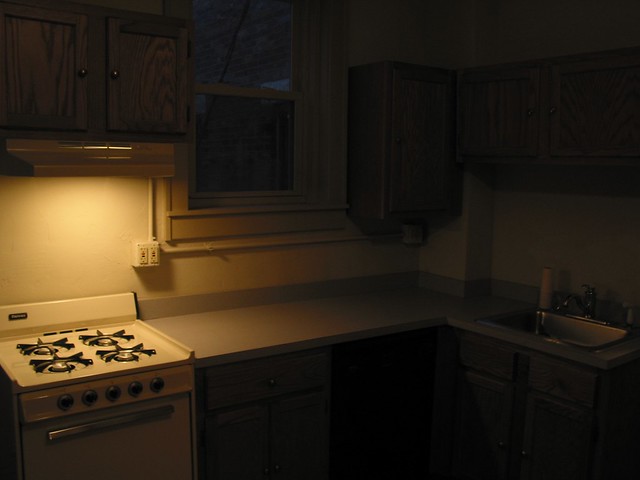
The Role of Lighting in Kitchen Design
 When it comes to designing a functional and aesthetically pleasing kitchen, lighting is often an overlooked aspect. Many homeowners focus on the layout, cabinets, and appliances, but fail to give proper attention to the importance of lighting.
Poor lighting in the kitchen
can not only affect the overall ambiance of the space but also impact the functionality and safety of cooking and food preparation.
When it comes to designing a functional and aesthetically pleasing kitchen, lighting is often an overlooked aspect. Many homeowners focus on the layout, cabinets, and appliances, but fail to give proper attention to the importance of lighting.
Poor lighting in the kitchen
can not only affect the overall ambiance of the space but also impact the functionality and safety of cooking and food preparation.
The Effects of Poor Lighting
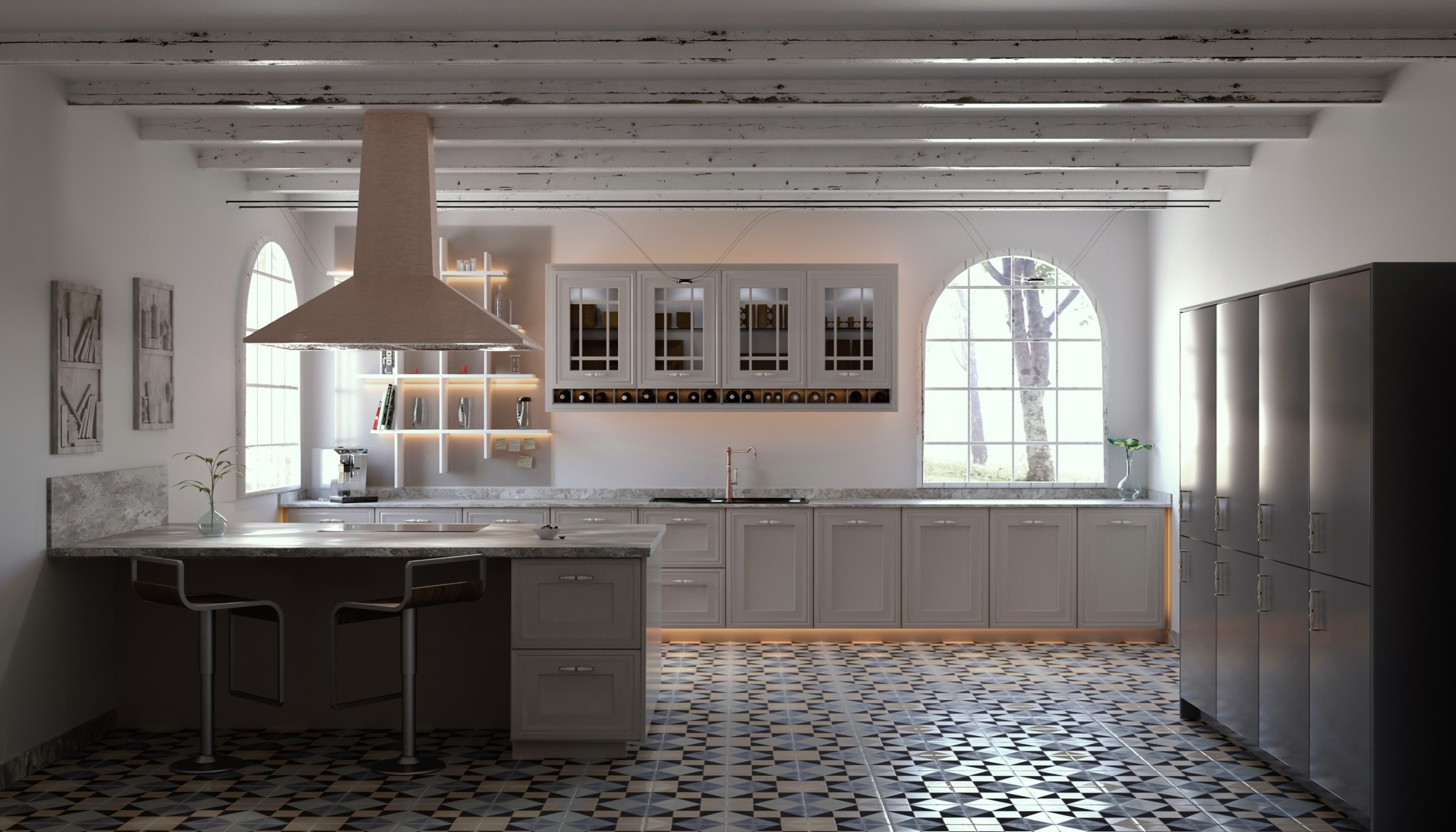 Inadequate lighting
can make it difficult to see while cooking, leading to mistakes and accidents. Shadows and dark corners can also make it challenging to find ingredients and utensils, causing frustration and slowing down the cooking process.
Insufficient lighting
can also make it difficult to properly clean and maintain the kitchen, as dirt and grime can go unnoticed in poorly lit areas.
Inadequate lighting
can make it difficult to see while cooking, leading to mistakes and accidents. Shadows and dark corners can also make it challenging to find ingredients and utensils, causing frustration and slowing down the cooking process.
Insufficient lighting
can also make it difficult to properly clean and maintain the kitchen, as dirt and grime can go unnoticed in poorly lit areas.
The Different Types of Kitchen Lighting
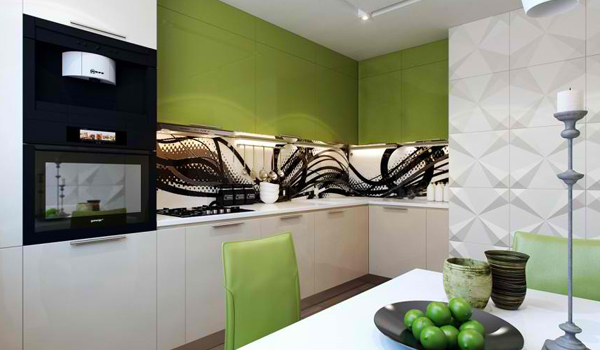 To effectively
address poor lighting in the kitchen
, it is essential to understand the different types of lighting that can be used. Ambient lighting provides overall illumination and is typically achieved through ceiling lights or recessed lighting. Task lighting, on the other hand, is focused on specific areas such as the countertops and stove, providing bright and direct light for cooking and food preparation. Accent lighting can add a touch of ambiance and highlight certain areas or features in the kitchen, such as a backsplash or artwork.
To effectively
address poor lighting in the kitchen
, it is essential to understand the different types of lighting that can be used. Ambient lighting provides overall illumination and is typically achieved through ceiling lights or recessed lighting. Task lighting, on the other hand, is focused on specific areas such as the countertops and stove, providing bright and direct light for cooking and food preparation. Accent lighting can add a touch of ambiance and highlight certain areas or features in the kitchen, such as a backsplash or artwork.
How to Improve Your Kitchen Lighting
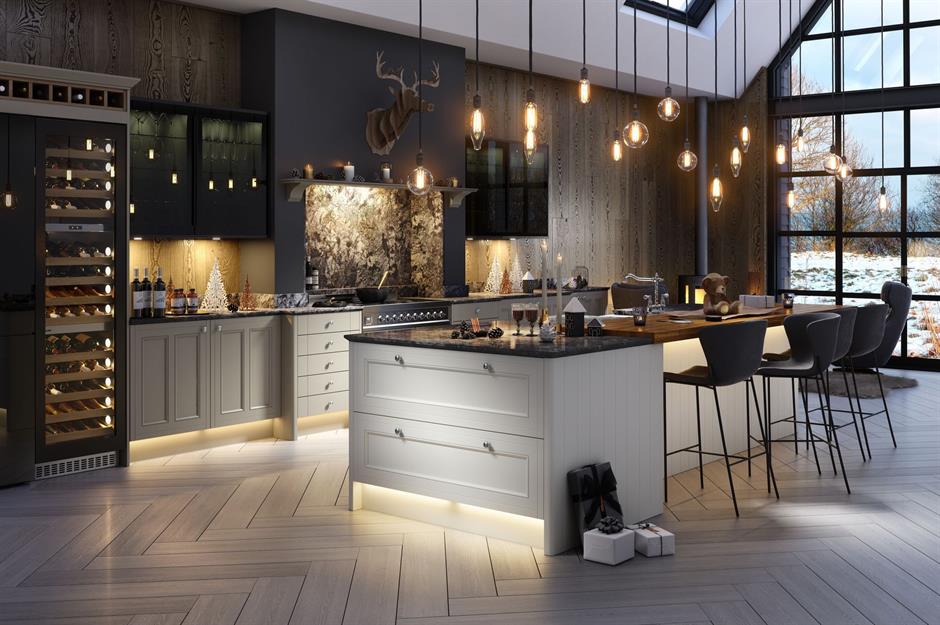 If you are looking to improve the lighting in your kitchen, there are a few key things to keep in mind. First, consider the natural light sources in your kitchen and how to maximize their impact. This could mean adding windows or skylights, or simply rearranging furniture to allow for more natural light to enter the space. Next, layering different types of lighting can help create a well-balanced and functional kitchen. Lastly, always opt for energy-efficient and LED lighting options to not only save on electricity costs but also reduce your carbon footprint.
If you are looking to improve the lighting in your kitchen, there are a few key things to keep in mind. First, consider the natural light sources in your kitchen and how to maximize their impact. This could mean adding windows or skylights, or simply rearranging furniture to allow for more natural light to enter the space. Next, layering different types of lighting can help create a well-balanced and functional kitchen. Lastly, always opt for energy-efficient and LED lighting options to not only save on electricity costs but also reduce your carbon footprint.
In Conclusion
 In summary,
poor lighting in the kitchen
can have a significant impact on both the functionality and aesthetics of the space. By understanding the importance of good lighting and implementing the right types of lighting, you can create a beautiful and functional kitchen that is a joy to cook and entertain in. Don't overlook this crucial aspect of kitchen design and take the necessary steps to improve your kitchen's lighting today.
In summary,
poor lighting in the kitchen
can have a significant impact on both the functionality and aesthetics of the space. By understanding the importance of good lighting and implementing the right types of lighting, you can create a beautiful and functional kitchen that is a joy to cook and entertain in. Don't overlook this crucial aspect of kitchen design and take the necessary steps to improve your kitchen's lighting today.


